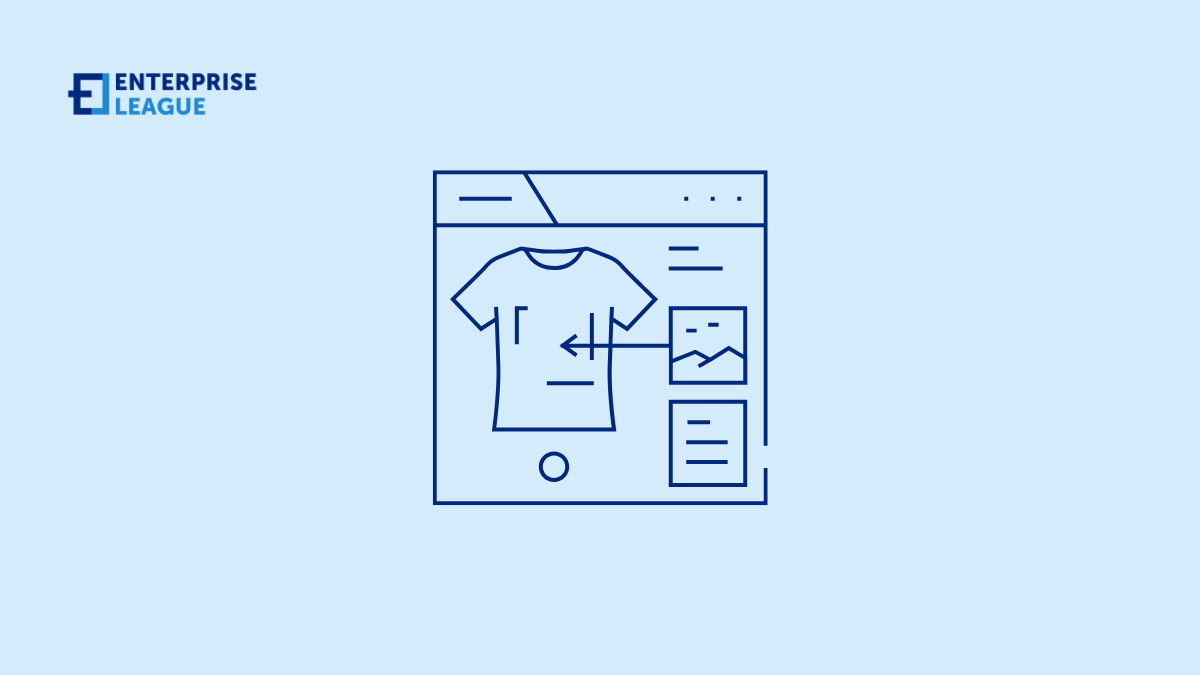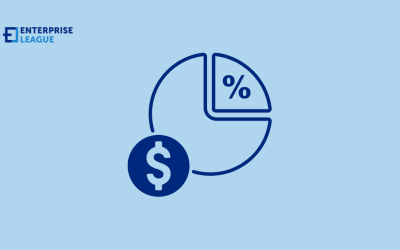Scaling your business without inventory: The power of print-on-demand
October 23, 2024

Business scaling has never been more accessible, thanks to innovative models like Print-on-Demand (POD). For entrepreneurs, small business owners, and even established brands looking to expand without the burden of managing physical inventory, POD presents a golden opportunity. This model allows businesses to sell custom-designed products without holding stock, reducing financial risk and operational complexity.
Whether you’re an artist, designer, or just someone with an idea for personalized products, POD can open doors to new revenue streams. One especially compelling application of this model is the use of POD for personalized gifts, a growing market where customization meets convenience.
What is print-on-demand and how does it work
Print-on-demand is a style of fulfillment whereby products are only printed or manufactured when an order is received. Unlike other retail formats, where one has to order bulk stock and end up with a lot of leftover inventory, POD reduces such risks by manufacturing products as orders come in. This model is most popular for offering items such as T-shirts, hoodies, mugs, phone cases, and even home accessories such as canvas prints and posters.
The beauty of POD is that you don’t need to bother with investment costs such as manufacturing or storing stocks. Once a customer orders a product, it is printed and sent to the customer from the POD provider and may be labeled with your brand logo or packaging. This way, your business looks very professional, and other companies handle all the inconveniences of printing, packaging, and shipping.
This model is most useful for organizations planning to expand their market share in the shortest time possible. Since there is no need to store the product, you do not have to worry about space, which is a significant constraint affecting expansion in physical shops. You can sell thousands of different products, for instance, clothing in various colors and sizes, and you always have enough stock and space to store it. For example, suppose you are in a design brand company and wish to experiment with or introduce new styles or seasonal collections. In that case, POD is a way you can go without investing your capital.
The benefits of print-on-demand for scaling
However, one of the most critical advantages of POD is the low minimum order quantity. To a small business owner or a solopreneur, it can be daunting to invest thousands in inventory before one can determine if a product will sell. POD does away with this problem altogether. You can start your business with nearly zero capital investment. You can work on the design and promotion aspect of your products and outsource the manufacturing and distribution.
For businesses with a pool of customers, POD can be used to expand your product portfolio while remaining focused. For an artist who sells prints online, adding additional products such as t-shirts, mugs, or notebooks with your artwork means more sales without doing more work than you already are.
Pod also makes it easy to conduct tests in new markets. If you are doubtful about whether the intended public will receive a certain product, you can order a few of them for trial purposes rather than in bulk. This type of agility is crucial for organizations to remain relevant in today’s market environment because events can take a turn quickly.
Furthermore, print-on-demand tools connect to online stores such as Shopify, Etsy, or Amazon, enabling you to run your selling operations from a single page. This integration has no gaps, so you can concentrate on expanding your brands, expanding your market, and enhancing the growth of your business without being derailed by technicalities.
How to use print-on-demand to tap into different markets
Flexibility is one of the greatest strengths of print-on-demand. Since you are not locked down with inventory, you can easily follow market trends. The pod can be used in a particular business where the product is being developed to suit the needs of a specific group of people or in a more general business where the product is being produced to suit the public.
For instance, the individualized gift market is rapidly growing. Consumers relish making gifts or receiving products that will be appreciated as being specially made. For example, using POD, one can design t-shirts, mugs, or home accessories that suit a particular buyer. These products should be marketed for birthdays, holidays, or weddings, as a loyal customer base will always seek that extra touch. And because each item is only printed once ordered, there is no question of leftover stock and, hence, no overhead costs.
Further, the POD system can be easily expanded internationally in case of higher demand. When you scale up, you can get POD providers with an international affiliate shipping system, so you do not have to bother with overseas transport and other formalities. This scalability is essential for breaking into new horizons that only sometimes require high global expansion costs.
Adding POD to the existing business model can be a real game changer for startups and companies already up and running. It is a safe method of experimenting with new product concepts or target customer segments while staying close to your business. For example, one could launch a clothing line, release some designs or colors, and redesign quickly without production costs.
Conclusion
Print-on-demand is a wise and efficient way to expand a company’s product line without the usual pains of managing inventory. It allows you to sell many products regardless of what kind of business you run, whether you are a new entrepreneur, an experienced business owner, or even an artist. From experimenting with new markets to giving personalized gifts, print-on-demand is among the most versatile solutions.
More must-read stories from Enterprise League:
- Engaging online networking events that you should not miss.
- The only list of novels for entrepreneurs that you will ever need.
- Foretelling: transform your business by predicting future trends.
- Unique and profitable drone business ideas you should be aware of.
- Implement a CRM strategy for your business using this guide.
Related Articles
How to attract attention and increase engagement with push ads
Discover and learn the benefits of push advertising for increasing website visits and how you can use these powerful alerts to grow your business in no time.
23 business competition quotes to outshine your competitors (2025)
From Bill Bradley to Steve Jobs these 23 business competition quotes are revealing timeless strategies for market dominance and successful business approach.
How dividends attract investors
Let’s take a look at the main benefits that make dividends worth considering if you’re a founder and want additional investment to fuel your business growth.
How to attract attention and increase engagement with push ads
Discover and learn the benefits of push advertising for increasing website visits and how you can use these powerful alerts to grow your business in no time.
23 business competition quotes to outshine your competitors (2025)
From Bill Bradley to Steve Jobs these 23 business competition quotes are revealing timeless strategies for market dominance and successful business approach.





